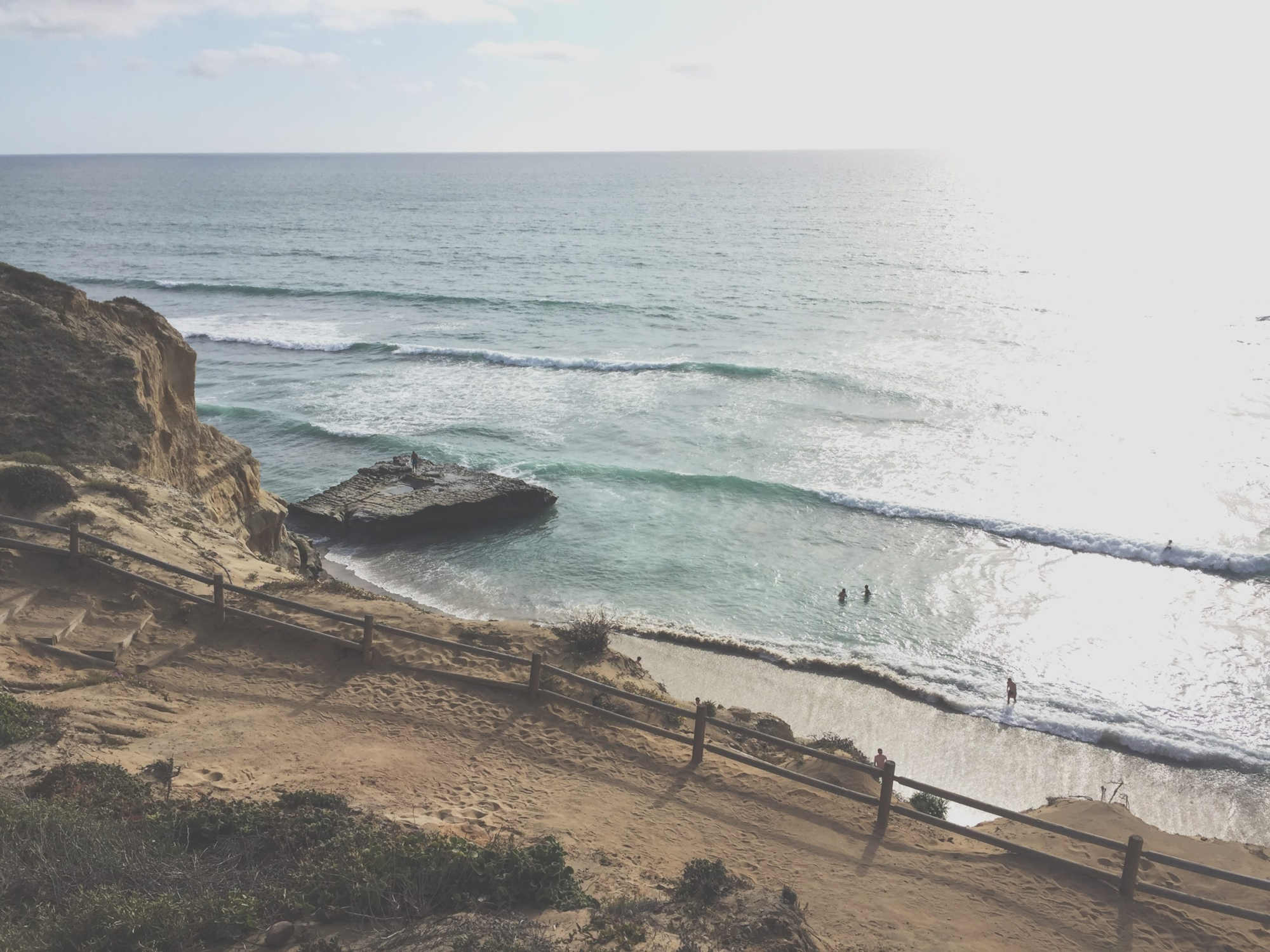Habitat Restoration

Habitat restoration through invasive species removal
The RCD of Greater San Diego County is committed to habitat restoration, especially along the riparian corridors of our reservoirs and rivers. Water is an essential resource, yet its quality and quantity are strained each year due to longstanding drought periods coupled with high temperatures. San Diego County imports the majority (80%) of its water supply from the Bay Delta and the Colorado River and the remainder from local surface and groundwater supplies and conservation efforts. We are committed to managing water sources efficiently and improve the water supply for future generations. We believe that our diversified regional water efforts will make our communities more resilient against drought, flooding, population growth, and climate changes.
Otay River Valley
The Wildlife Conservation Board (WCB) awarded $409,000 to the Resource Conservation District of Greater San Diego County to lead a project that will create plans to restore a 15-acre site within the Otay Valley Regional Park (OVRP). City of San Diego is the lead landowner, alongside the County of San Diego and City of Chula Vista. The site, currently a eucalyptus grove, is targeted as a priority for restoration in the OVRP Concept Plan. This planning project is exploring how the site can best conserve native wildlife and biodiversity while engaging the community, creating greater habitat connectivity within the park, and improving water quality. Visit the project page to learn more here.
Prop 84
The RCD is managing a multi-year, Proposition 84 Integrated Regional Water Management (IRWM) Implementation Grant to eliminate invasive plants, weeds, and wildlife species along the El Capitan Reservoir to limit their deleterious effects on water supply and quality and reduce the fuel load. The removal of six prolific and highly flammable invasive plants, including Arundo and Tamarisk, will restore flow, minimize erosion, and stabilize hillsides along the watershed. Moreover, feral pig eradication will limit the spread of disease to other animals, livestock, and humans, ultimately benefiting human health and conservation efforts. This project is a collaboration with several local, state, and national stakeholders, and tribal entities across 93 acres within unincorporated San Diego County.
